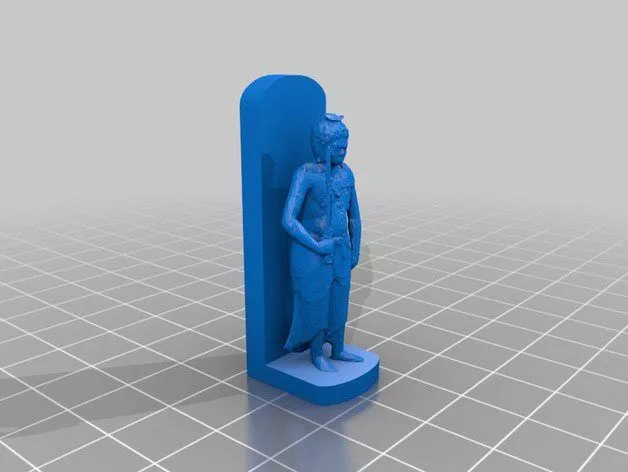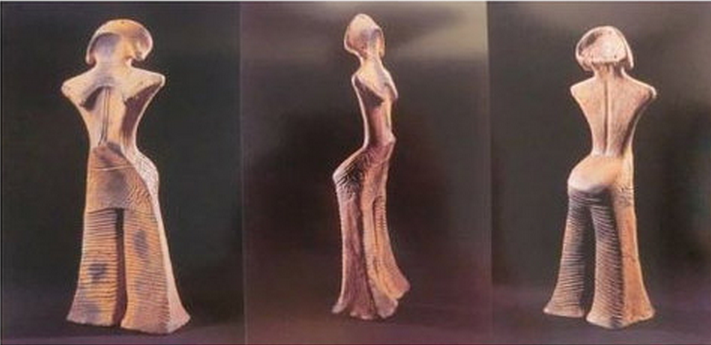
By Shaienne Knox
When considering the reality of museum accessibility, much can still be done to improve its range. Though exhibits actively seek to widen this range, there many barriers that simply cannont be eliminated, such as preservation of the artifacts. In one of the essays presented at the Muse Group’s 2020 web conference, entitled “’Bring Your Own Device’ (BYOD) programming facilitates accessibility for people who are blind or have low vision”, 3D printing was presented as a way to further include the disabled through touch and feel.
The exhibition, which was a prototype, was designed as a traveling show. It consisted of several 3D printed stone projectile point replicas designed to mimic the feel of the original items and enhance the museum experience for blind and low-sight individuals. One specific challenged highlighted in the article was how to properly include label text. Through trial and error, the text was eventually able to be included through QR scan codes, allowing each artifacts to be physically attached to its text the same way it would be if it were displayed in a traditional exhibit. At first, the QR code was set to be a part of the replica itself, but this was a challenge as it changed the shape of the artifacts. Since this would negate the exhibit’s purpose, the decision was made to attach the codes separately on rounded tags with lanyards.

Learning about this use of 3D printing was completely new to me and something I had never considered as tool for curation. Possibilities for 3D printing in the museum space extends well beyond just inclusivity for the disabled. In 2013, the Smithsonian launched a program known as 3D X Smithsonian, allowing for several of the museum’s artifacts to be 3D printed from any 3D printer in the world. Using the museums homepage for the program, users can access templates for 3D printing programs. This is important because it means that initiations such as schools, churches, and even hospitals can bring to-scale models of relevant historical and cultural pieces into their spaces. Also in 2013, the Yamagata Prefectural Museum in Yamagata, Japan revealed a 3D printed replica of the Jomon Goddess, a 4,500-year-old doll. Since this specific object was deeply important to Japanese culture, the museum experienced a jump in visitor count to 45,000 for the first time. Clearly, the stimulation of touch and feel can elevate museum engagement. The importance of 3D printing to museums of overall is mainly tied to its opportunity for further close looking. Being able to fully interact with objects is now possible, creating a better understanding of the works. Overall, Museums harnessing the power of 3D printing is a slippery slope, mainly because of the issue of ownership. The mass production and sale of these copies is a concern for museums, and the potential 3D printing has to degrade value is a concern; however, the engagement of the audience is the museum’s true function.
Leave a comment